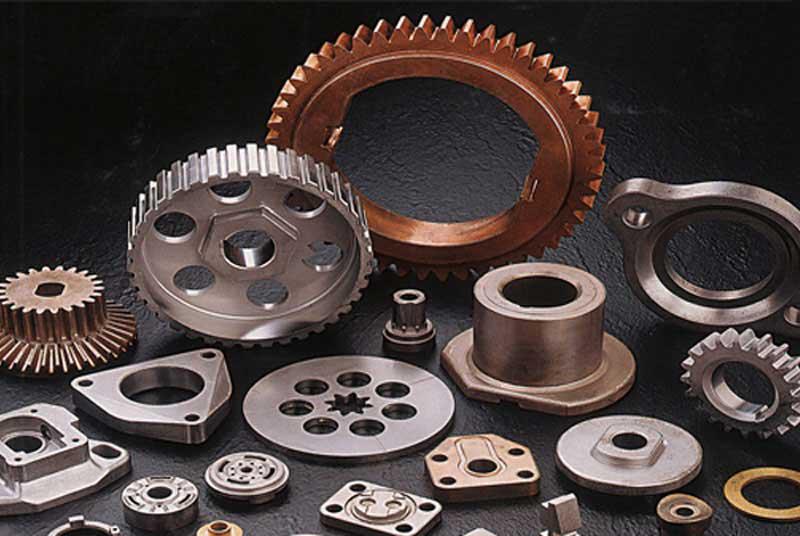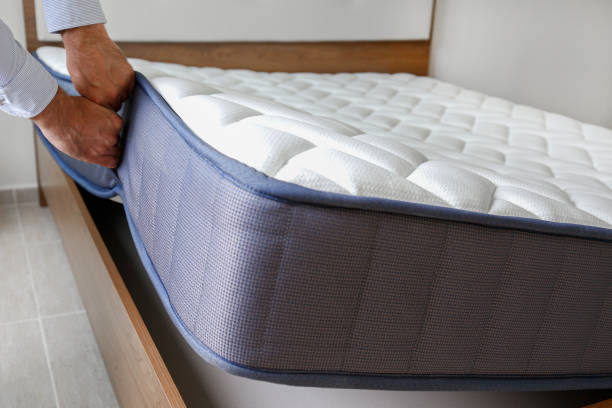In the realm of manufacturing, diecasting stands as a cornerstone of efficiency and precision. This process, rooted in the concept of forcing molten metal into a mold cavity under high pressure, yields intricate and finely detailed components that serve diverse industries. Whether it’s automotive, aerospace, electronics, or beyond, diecasting plays a pivotal role in shaping modern production capabilities.
At its core, diecasting operates on a simple yet effective principle. The process begins with the heating of metal alloys until they reach a molten state. This liquefied metal is then injected into a steel mold cavity at high pressures, often ranging from several hundred to thousands of pounds per square inch. The mold, meticulously crafted to mirror the desired product, imparts its form onto the molten metal, shaping it with remarkable accuracy. Once cooled and solidified, the resulting component emerges with precise dimensions and intricate details intact.
One of the most compelling advantages of diecasting lies in its ability to produce complex geometries with minimal post-processing requirements. The high pressure exerted during injection ensures that even the most intricate features of the mold are faithfully replicated in the final product. This level of precision not only reduces the need for secondary machining operations but also enhances the overall efficiency of the manufacturing process. From intricate engine components to delicate electronics housing, diecasting offers unparalleled versatility in producing a wide range of parts with consistent quality.

Furthermore, die casting company Malaysia boasts impressive material flexibility, accommodating a myriad of metal alloys to suit specific application requirements. Aluminum, zinc, and magnesium are among the most commonly used materials, each offering unique properties that make them ideal for various industries. Aluminum, prized for its lightweight yet durable nature, finds extensive use in automotive and aerospace applications where weight reduction is critical. Zinc, on the other hand, excels in producing intricate parts with thin walls, making it a preferred choice for consumer electronics and household appliances.
Beyond its versatility and precision, diecasting also presents notable environmental benefits. The process generates minimal waste, with excess material often recycled and reused in subsequent production runs. Additionally, the inherent efficiency of diecasting translates to lower energy consumption compared to traditional manufacturing methods, further reducing its environmental footprint. As sustainability becomes an increasingly integral aspect of modern manufacturing practices, diecasting emerges as a viable solution for producing high-quality components with minimal environmental impact.
However, diecasting is not without its challenges and limitations. Despite its ability to produce intricate parts with high precision, certain geometries may pose constraints due to draft angles and parting lines inherent in the molding process. Design considerations are crucial to ensure manufacturability and optimize the efficiency of diecasting operations. Moreover, the initial tooling costs associated with diecasting can be substantial, particularly for complex molds requiring intricate features. However, these upfront investments are often offset by the long-term benefits of high-volume production and reduced machining requirements.




